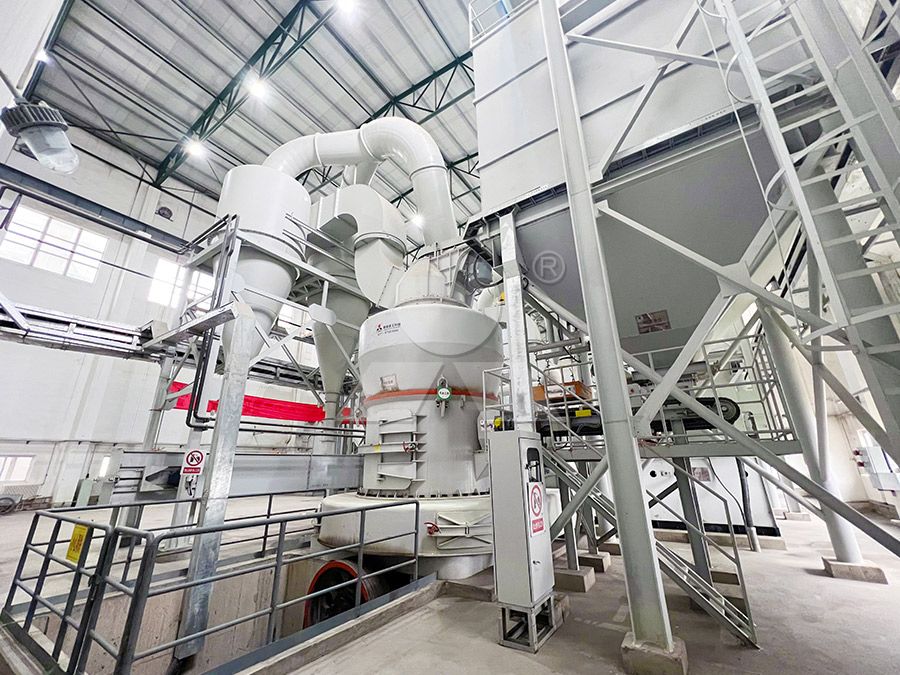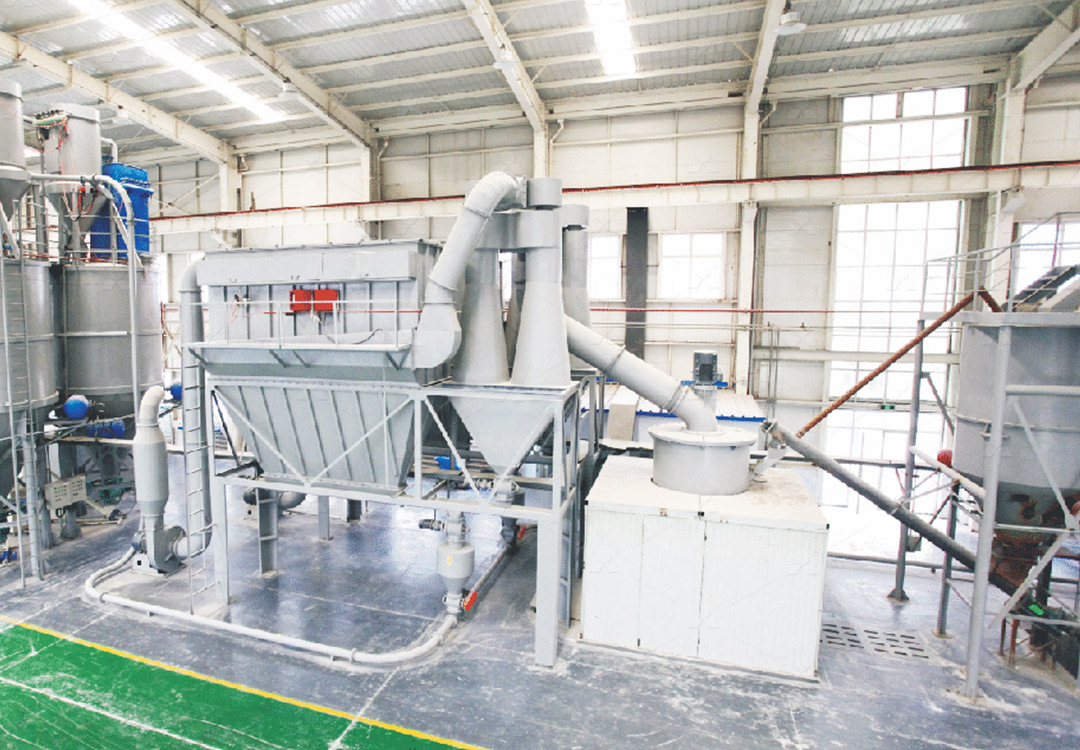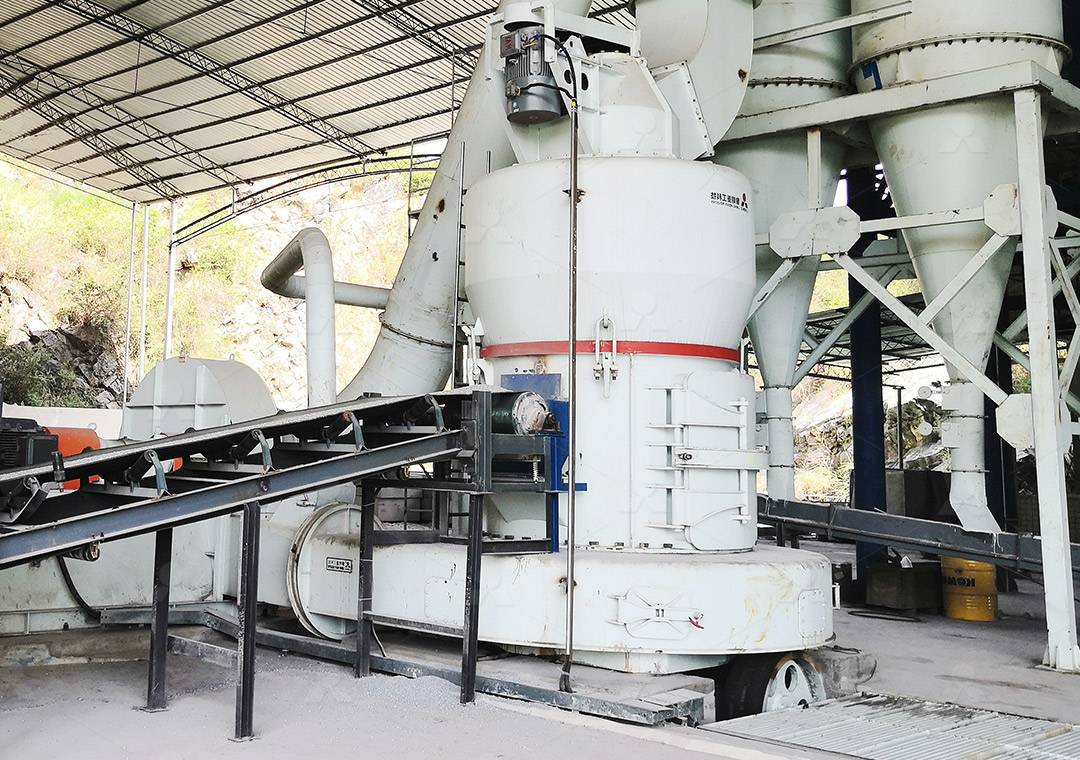Small Ore Grinding Mill for Laboratory Use
Small Ore Grinding Mill for Laboratory Use
Laboratory-scale ore grinding represents a critical step in mineral processing research and development. The selection of appropriate grinding equipment directly impacts the accuracy of mineral liberation studies, metallurgical testing, and process optimization. Unlike industrial-scale operations, laboratory grinding demands precision, reproducibility, and flexibility above all else.

When evaluating grinding mills for laboratory applications, researchers must consider several key factors: sample throughput, particle size distribution control, contamination risks, and operational simplicity. The ideal laboratory mill should produce consistent results across multiple batches while maintaining the integrity of the sample material.
Technical Considerations for Laboratory Grinding
Laboratory grinding operations present unique challenges that differ significantly from production environments. Sample sizes typically range from 100 grams to 10 kilograms, requiring equipment capable of handling small batches without sacrificing grinding efficiency. The ability to achieve precise particle size distributions is paramount, as downstream analysis often depends on consistent grind characteristics.
Contamination represents a particular concern in laboratory settings. Cross-contamination between samples can compromise research results, making easy cleaning and minimal residue retention essential features. Additionally, noise and dust control become increasingly important in confined laboratory spaces where multiple researchers may be working simultaneously.
Advanced Grinding Solutions for Research Applications
Modern laboratory grinding mills incorporate sophisticated technologies previously available only in industrial equipment. Digital controls, automated operation, and precise particle size monitoring have transformed laboratory grinding from an art to a science. These advancements enable researchers to simulate industrial grinding conditions accurately while maintaining the control necessary for experimental work.

For laboratories requiring ultra-fine powder production, the MW Ultrafine Grinding Mill offers exceptional capabilities. With an input size range of 0-20 mm and capacity of 0.5-25 tph, this equipment bridges the gap between laboratory and pilot-scale operations. The mill’s efficient pulse dust collector and muffler system ensure laboratory-friendly operation by minimizing dust and noise pollution. Its ability to produce powders between 325-2500 meshes makes it particularly valuable for advanced materials research and mineral characterization studies.
The MW Ultrafine Grinding Mill’s unique design eliminates rolling bearings and screws within the grinding chamber, addressing common maintenance concerns in laboratory environments where technical support may be limited. The external lubrication system allows for maintenance without interrupting extended research operations, a valuable feature for laboratories running continuous experimentation.
Selecting the Right Mill for Your Laboratory
Choosing appropriate grinding equipment requires careful consideration of research objectives, sample characteristics, and available laboratory infrastructure. Factors such as feed size, required product fineness, sample hardness, and potential for contamination should guide the selection process. Additionally, the availability of technical support and spare parts becomes crucial for laboratories operating in remote locations or with limited maintenance capabilities.
For laboratories processing smaller samples or requiring vertical grinding configuration, the LUM Ultrafine Vertical Grinding Mill presents an excellent alternative. With input size of 0-10 mm and capacity of 5-18 tph, this mill incorporates the latest grinding roller technology and German powder separating technology. Its reversible structure simplifies maintenance operations, while the double position-limiting technology ensures operational stability—particularly valuable features for research facilities with varying technical expertise levels.

Future Trends in Laboratory Grinding Technology
The evolution of laboratory grinding equipment continues to focus on automation, data integration, and sustainability. Modern mills increasingly incorporate IoT capabilities for remote monitoring and control, while advanced material science has led to more durable grinding components with reduced contamination risks. Environmental considerations have driven the development of more energy-efficient designs with improved dust and noise control—essential features for modern laboratory environments.
Frequently Asked Questions
What is the minimum sample size the MW Ultrafine Grinding Mill can process effectively?
The MW Ultrafine Grinding Mill can process samples as small as 500 grams while maintaining grinding efficiency and particle size distribution consistency, making it suitable for most laboratory applications.
How does the noise level of laboratory grinding mills compare to industrial equipment?
Modern laboratory grinding mills like the MW series typically operate at 65-75 dB, significantly quieter than industrial equipment, due to advanced muffler systems and sound-dampening enclosures designed specifically for laboratory environments.
What cleaning procedures are recommended between samples to prevent cross-contamination?
We recommend a three-step cleaning process: initial air purge, mechanical brushing of accessible surfaces, and finally grinding of inert cleaning material (such as quartz sand) followed by compressed air cleaning. The MW Ultrafine Grinding Mill’s design minimizes internal surfaces where material can accumulate.
Can laboratory grinding mills simulate industrial grinding conditions accurately?
Yes, advanced laboratory mills like the MW and LUM series can closely replicate industrial grinding conditions through precise control of grinding pressure, rotational speed, and feed rates, providing valuable data for process scale-up.
What safety features are particularly important for laboratory grinding operations?
Essential safety features include interlocked access doors, emergency stop systems, overload protection, and comprehensive dust collection. The MW Ultrafine Grinding Mill incorporates all these features along with advanced electronic limiting technology for operational stability.
